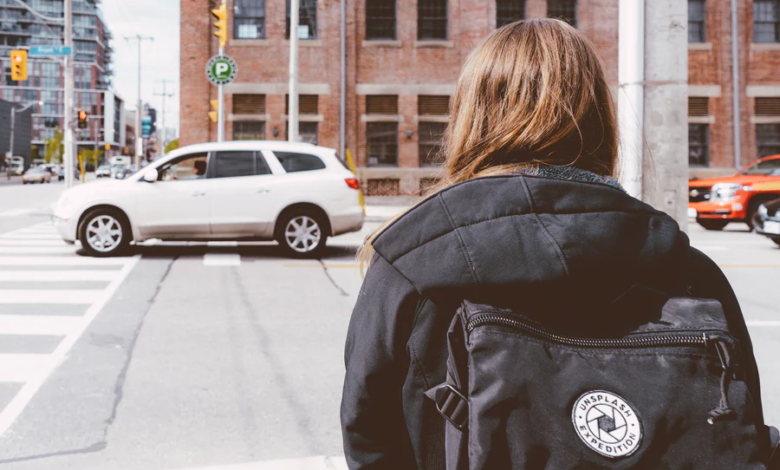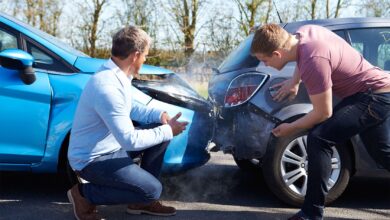What If I Was Partially at Fault for the Pedestrian Accident?

Many drivers are guilty of being occasionally distracted while driving on the road. Even with signs and lights that indicate that there are pedestrians, drivers still sometimes fail to notice a person crossing. Or, perhaps, a person jaywalks and runs across a busy road, which results in a pedestrian accident. No matter the circumstances, a pedestrian accident is not expected, nor is it something that anyone wishes to occur.
What Do California’s Pedestrian Laws Have to Say?
According to the Governor’s Highway Safety Association, pedestrian deaths increased by 16 percent across the United States in 2016. In California, Los Angeles County has witnessed a drastic increase between 2013 and 2015, with at least 700 pedestrians killed in car accidents. The California Vehicle Code addresses these issues. Below are a few laws that impact drivers in California.
- It is necessary for drivers to yield for any pedestrians as they cross a roadway within a marked crosswalk or within an unmarked crosswalk at an intersection.
- Drivers must not stop within a crosswalk. The crosswalk is designated for pedestrians.
- Drivers are not permitted to drive on sidewalks, with the exception of instances where the driver is exiting or entering an alleyway or garage. However, the driver must still yield to any present pedestrians.
A few laws that pedestrians in California must follow are:
- Pedestrians are not allowed to jaywalk. If a vehicular accident occurs where a driver is attempting to avoid a jaywalker, the jaywalking pedestrian is responsible for the subsequent car crash.
- If a blind pedestrian does not intend to cross a crosswalk, they must put their cane inward before moving away from the curb.
How Is Fault Determined in a Pedestrian Accident Case?
In some instances, both the driver and pedestrian may be partially at fault. The state the accident took place in determines what the holding of the case is when both sides, the driver and the pedestrian, are at fault. Even though different states in the United States have slight variations, these rules can be grouped into one of two categories, either contributory negligence or comparative negligence. California, along with the majority of the country, follows the comparative negligence rule. An injured person, according to the comparative negligence rule, is entitled to financial compensation. However, the amount of payment can be lowered contingent on the percentage of the pedestrian’s level of responsibility in the accident.
If a driver, for example, were to drive above the speed limit or make a turn too quickly for the road conditions, meanwhile the pedestrian crossed a crosswalk before their designated turn, both parties would be partially at fault. Some blame would be put on both parties, as both are partly at fault for the accident. Hypothetically, the pedestrian decides to sue the driver, seeking compensation for damages. During the trial, the jury may conclude that the pedestrian had contributed 10 percent of the fault in the accident since they were unaware of oncoming vehicles while the driver contributed 90 percent. The pedestrian’s total amount of compensation would then be reduced by 10 percent.
California offers a means of relief for pedestrians following an accident. If a person or their loved one is injured or killed in a pedestrian accident, they may be able to receive compensation for their injuries. The King Law Firm can help make you or your loved ones whole again.












